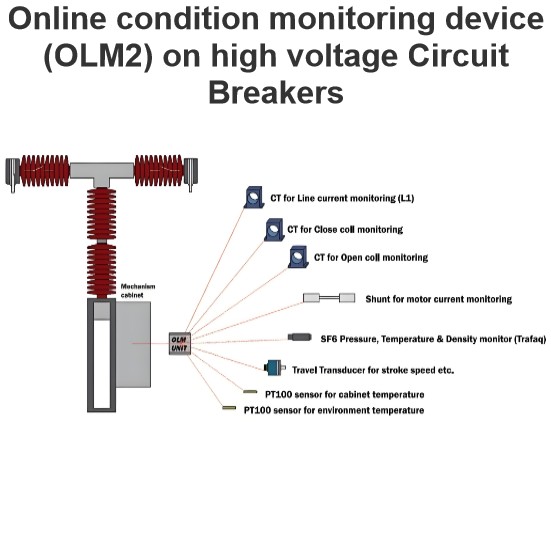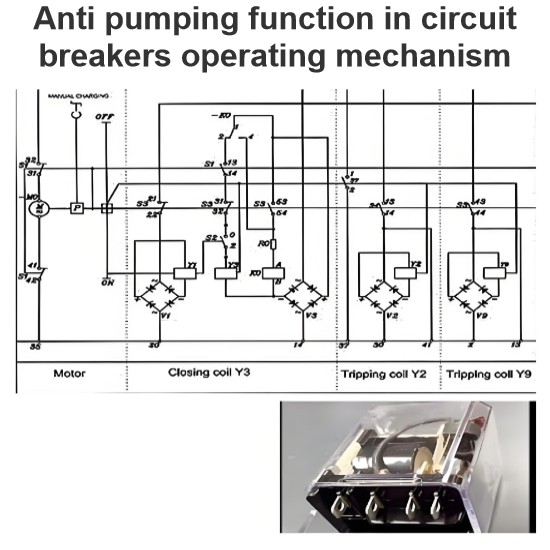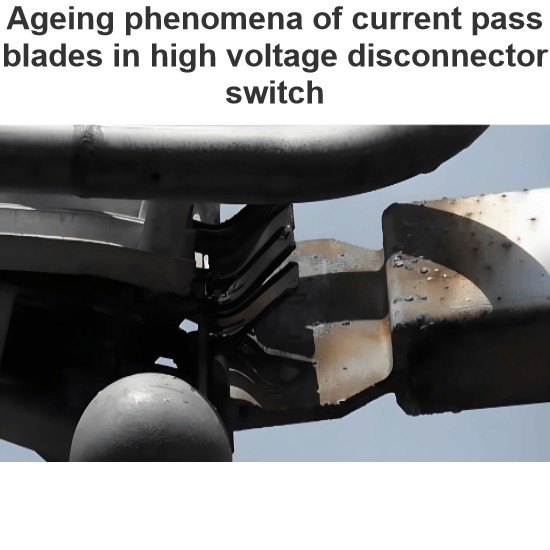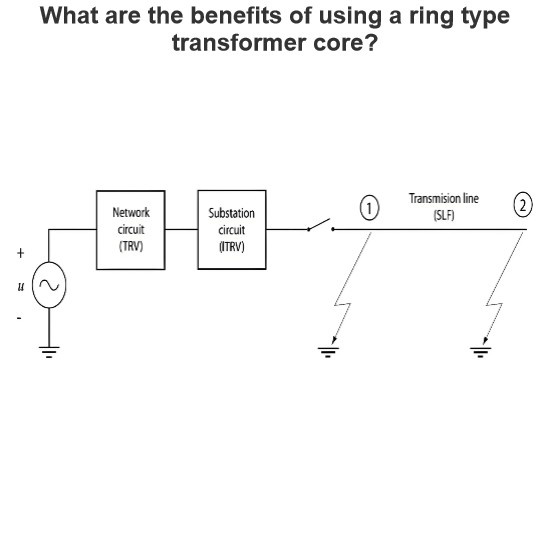Switchgear operating mechanism material and important specifications

Special Considerations for Shaft and Latch Bearings
Special attention must be paid to the material specifications and design of shaft and latch bearings to ensure smooth operation, even after prolonged periods of inactivity. The moving contacts should still separate within approximately 25 milliseconds when the protection system issues an opening command.
Key Design Features:
Trip and Close Latches: These components are designed to be relatively lightly loaded to minimize the burden on trip and closing coils. This is achieved through a high mechanical advantage, which results in a high velocity ratio and consequently high-impact speeds at the latch faces.
Operating Mechanism Specifications
The operating mechanisms must meet several critical specifications to ensure reliable performance:
- Trip Free:The operating mechanism must be capable of tripping at any point during the closing stroke. The trip signal will always take precedence over a closing signal.
- Independent Operation:Sufficient power must be applied independently of manual operation to fully open or close the mechanism under all conditions.
- Electrical Trip:For both local and remote operations, including protection tripping.
- Manual Trip:For local operation only.
- Electrical Close:Typically used for remote operation only.
- Manual Close:For local operation only.
Operating Mechanism Components
Below is a description of the spring-type operating mechanism, illustrated in the accompanying figure:
Spring Type Operating Mechanism: This mechanism utilizes springs to store energy, providing the necessary force to operate the breaker. The stored energy ensures that the breaker can perform both opening and closing operations reliably, even under varying load conditions.
Summary
To ensure optimal performance and reliability, the following points are crucial:
Material Specifications and Design: Careful selection of materials and precise design of shaft and latch bearings are essential for maintaining functionality, even after long periods of inactivity.
High Mechanical Advantage: Ensures minimal coil burdens while achieving rapid response times.
Operating Mechanism Requirements: Compliance with trip-free, independent operation, electrical trip, manual trip, electrical close, and manual close specifications.
By adhering to these guidelines, the operating mechanism can provide dependable operation, ensuring safety and efficiency in various operational scenarios.
Hello,I'm Wdwiin. A decade of hands-on experience in electrical engineering, specializing in high-voltage systems, smart grids, and renewable energy technologies. Passionate about technical exchange and knowledge sharing, committed to interpreting industry trends with professional insights to empower peers. Connection creates value—let’s explore the boundless possibilities of the electrical world together!













